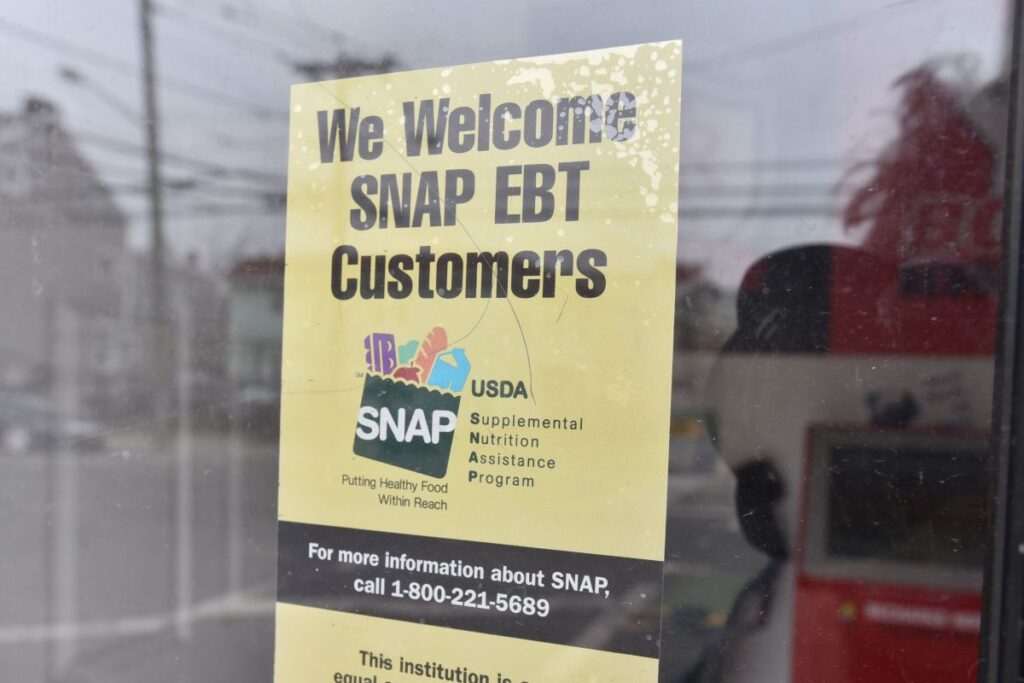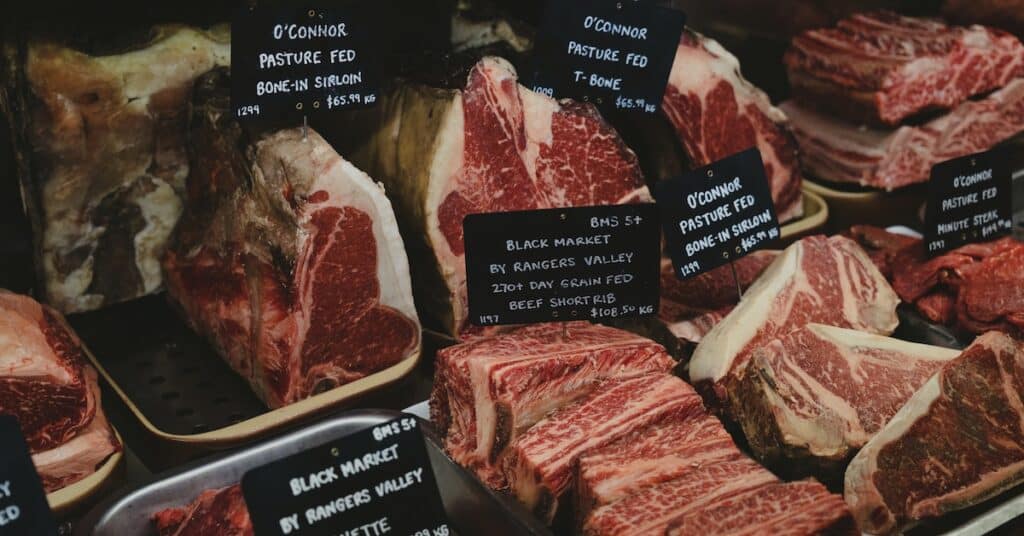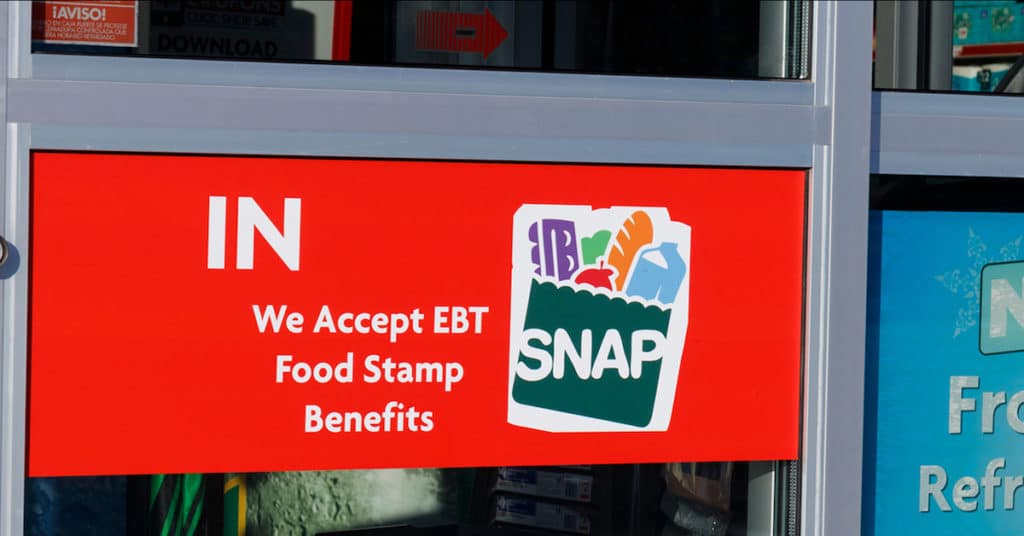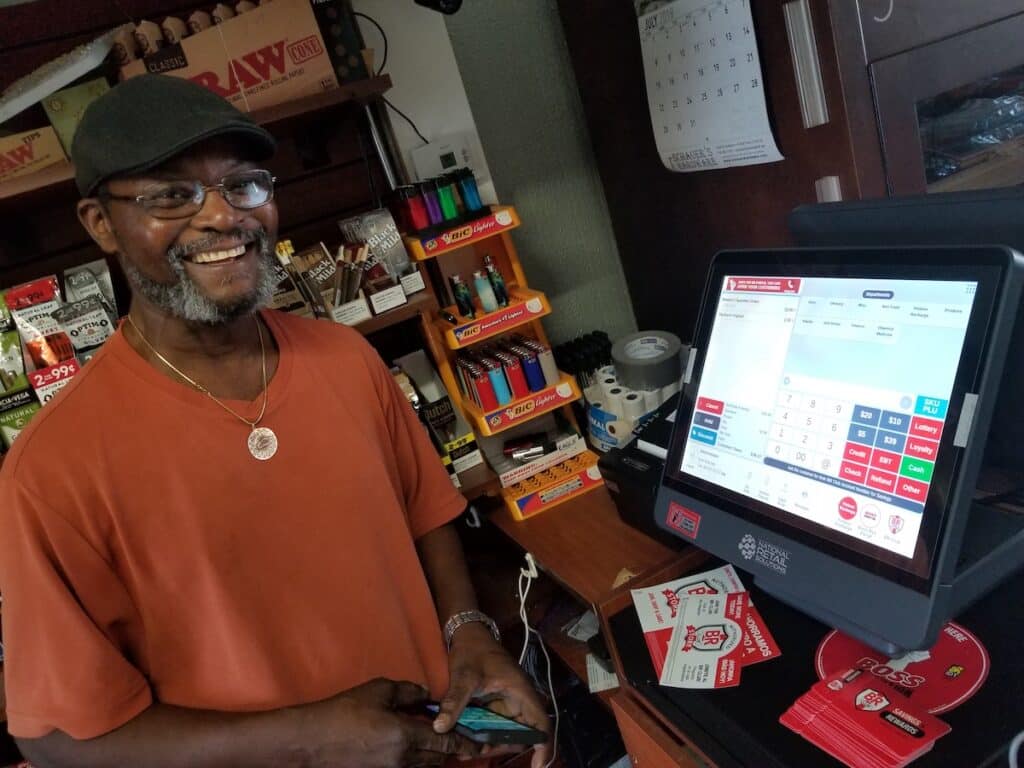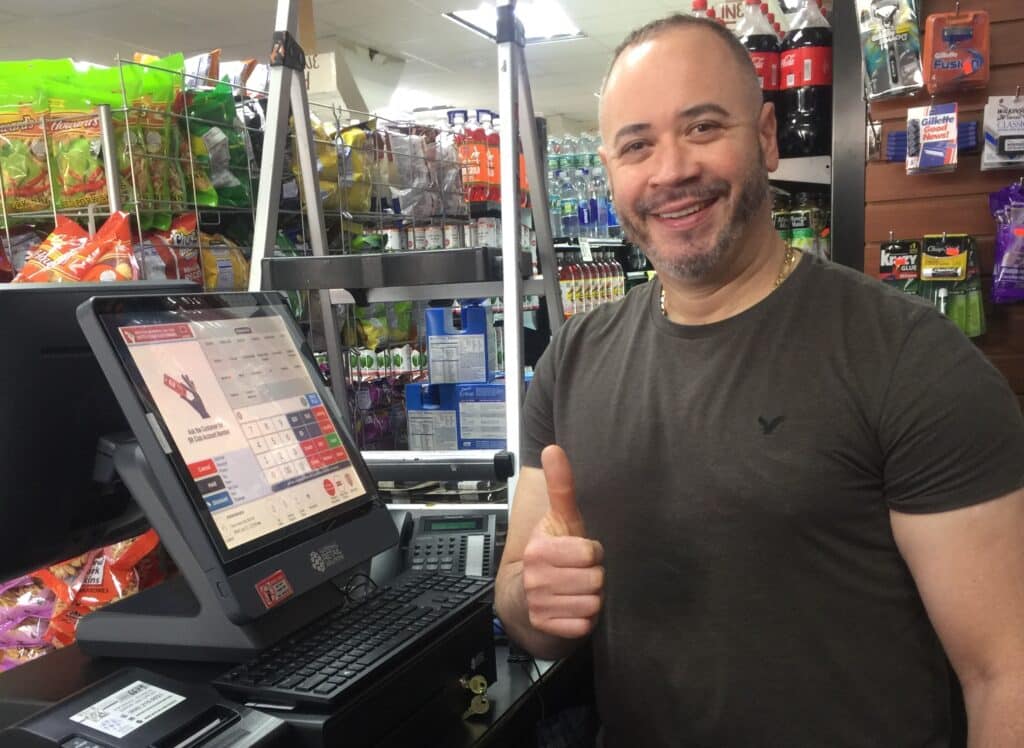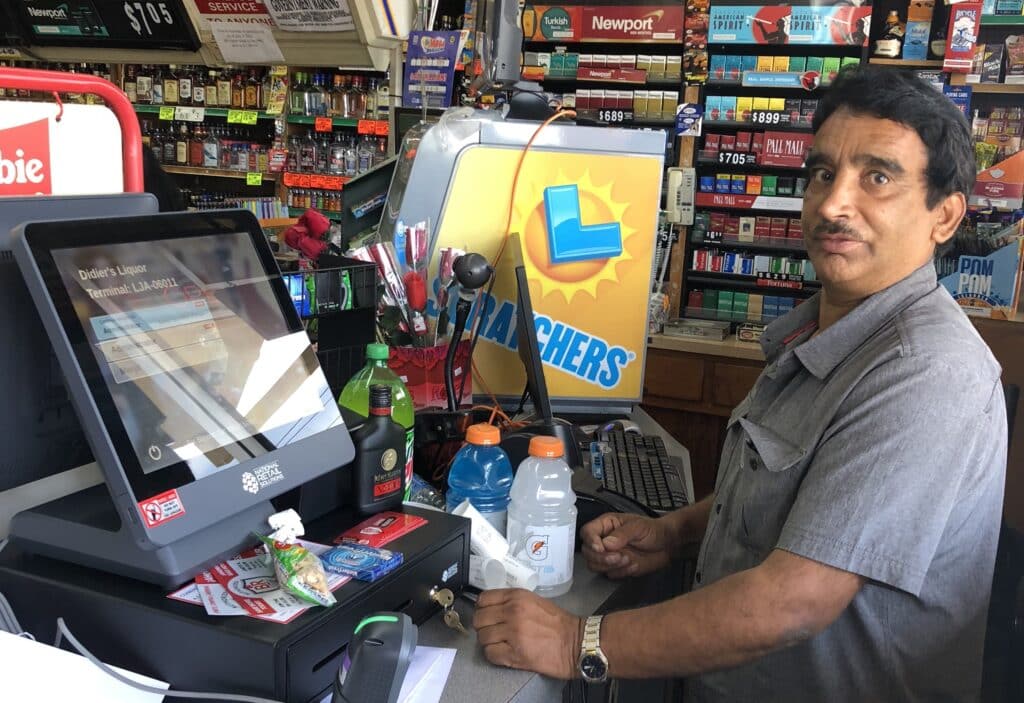- Accepting EBT cards can help your small business boost sales and serve more customers.
- To accept EBT, your business must sell approved items and get authorized by the USDA.
- This article will explain EBT, how it works, and how to start accepting it at your store.
What is an EBT card and how do they work?
If your small business isn’t accepting EBT (Electronic Benefits Transfer) cards, you might be missing out on a significant source of revenue.
Millions of Americans use EBT cards to purchase groceries through the SNAP (Supplemental Nutrition Assistance Program).
Becoming an authorized EBT retailer can help you tap into this market, diversify your customer base, and provide a valuable service to your community.
Keep reading to learn how this simple process could benefit your business.
What is an EBT card?
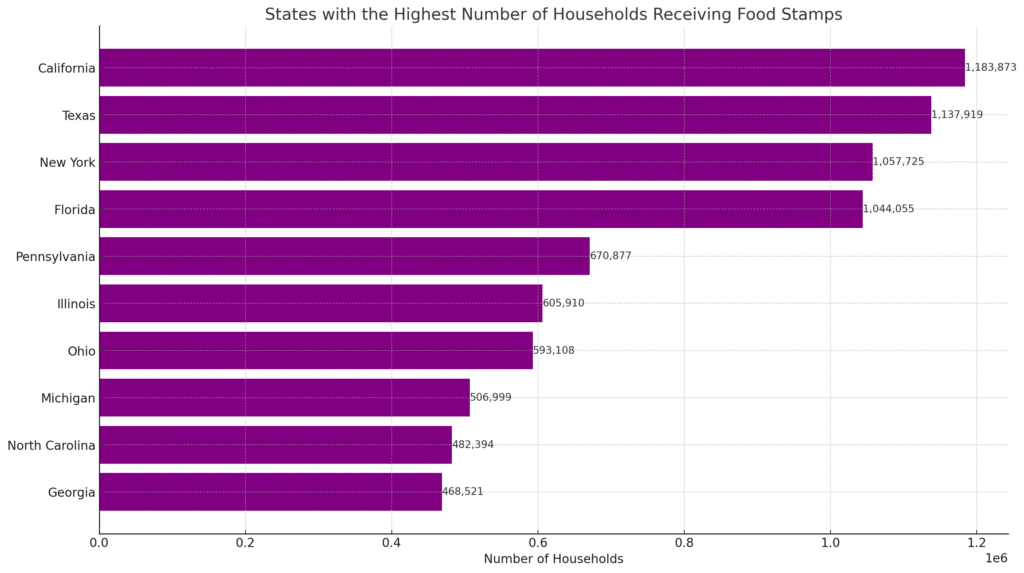
- It stands for Electronic Benefits Transfer.
- It’s a card that looks and functions like a debit card.
- Instead of being linked to a bank account, it holds government benefits issued through programs like:
- SNAP (Supplemental Nutrition Assistance Program)
- TANF (Temporary Assistance for Needy Families)
How EBT Cards Work
- Approval and Loading: Once an individual qualifies for a benefits program, the approved benefit amount is electronically loaded onto their card each month.
- Eligible Purchases: EBT cards are specifically designed for purchasing approved items.
- SNAP: Eligible food items at authorized grocery stores and some farmers’ markets.
- Using the Card:
- Grocery Stores: Works just like a debit card at the checkout. Swipe the card, enter your PIN, and the cost is deducted from your benefit balance.
What Businesses Can Accept EBT Cards?
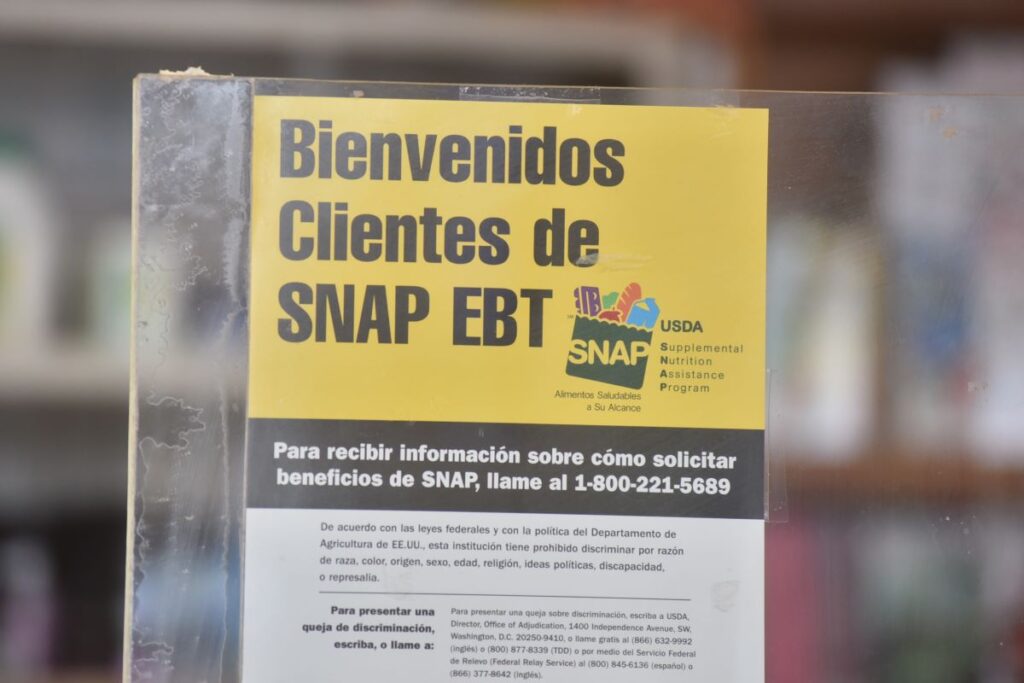
Here’s a breakdown of businesses that can typically accept Electronic Benefits Transfer cards, along with important notes about restrictions:
- Grocery Stores: Most major grocery stores and chains accept Electronic Benefits Transfer.
- Convenience Stores: Many convenience stores, as long as they meet the staple food inventory requirements.
- Farmers’ Markets: Some farmers’ markets are authorized to accept EBT; check with your local market to see if they participate.
- Other Specialty Food Stores: Stores specializing in categories like meat, fish, or dairy products may be eligible if they meet requirements.
Important Restrictions:
- Eligible Foods Only: EBT cards through SNAP can only be used for specific food items considered staples. This excludes alcohol, tobacco, hot/prepared foods, pet food, and household supplies.
- Inventory Requirements: Businesses must stock a variety and sufficient quantity of staple foods in each of these categories:
- Fruits & vegetables
- Dairy products
- Meats, poultry, & fish
- Breads & cereals
Finding Out Which Stores Accept EBT:
- Look for signage: Stores accepting Electronic Benefits Transfer have signs near the entrance or checkout.
- USDA SNAP Retailer Locator: Use the USDA’s online tool: https://www.fns.usda.gov/snap/retailer-locator
- Contact your state’s SNAP agency: They can provide a list of authorized retailers in your area.
How Can a Business Accept EBT Cards?
Here’s the process for a store to start accepting EBT cards:
1. Eligibility Check:
- Type of Business: Ensure your business sells eligible items. Grocery stores, convenience stores, and some farmers’ markets are the most common types.
2. Obtain an FNS Number:
- Apply through the USDA: Visit the United States Department of Agriculture (USDA) website (https://www.fns.usda.gov/snap/retailer-apply) and complete the online application for an FNS (Food and Nutrition Service) number. This number authorizes your store to accept EBT/SNAP payments.
- Approval Process: The USDA will review your application to ensure you meet the requirements.
3. EBT Equipment
- Processing Transactions: To process EBT transactions, you’ll need either:
- Dedicated EBT machine: This may be provided for free by your state’s EBT program or through independent providers.
- Upgraded POS system: If your existing point-of-sale system can be upgraded to handle EBT transactions, check with your provider.
4. Staff Training
- Familiarize your Staff: Ensure your employees understand EBT cards, how to process transactions, and the rules for eligible purchases.
Additional Considerations:
- State-specific rules: Some states may have additional licensing or requirements. Be sure to check with your state’s SNAP agency.
- Marketing: Let customers know you accept EBT payments by displaying signage inside and outside your store.
Finding More Information
- USDA Website: The USDA has a comprehensive section for retailers interested in accepting SNAP: https://www.fns.usda.gov/snap/retailer
- Your State’s SNAP Agency: Contact your state’s SNAP agency for specific regulations and resources.
What You Cannot Sell with EBT/SNAP Benefits
Here’s a list of categories and specific examples of items you cannot sell if a customer is paying with EBT/SNAP benefits:
- Alcohol: Beer, wine, liquor, etc.
- Tobacco: Cigarettes, cigars, chewing tobacco, etc.
- Hot Foods & Prepared Meals: Foods that are hot at the point of sale or intended for immediate consumption. This includes:
- Rotisserie chickens
- Hot items from a deli counter
- Restaurant-style takeout meals
- Non-Food Items:
- Pet foods
- Cleaning supplies
- Hygiene products
- Vitamins and supplements
- Household goods like paper towels or cookware
- Live Animals (with the exception of fish and shellfish that are removed from water before purchase)
- Lottery Tickets or Gambling Related Items
- Gifts, Gift Baskets, Ornamental Items
A Few Notes:
- “Combination Foods”: Some items might fall into a grey area. If a food item contains both eligible and ineligible ingredients, there are specific rules about the percentage of eligible ingredients needed for EBT acceptance.
- State Variations: A few states might have minor variations in their restrictions. If you need clarification on a specific item, it’s always best to double-check with your state’s SNAP agency.
How to Stay Informed:
The USDA website has a detailed breakdown of eligible and ineligible food items for SNAP: https://www.fns.usda.gov/snap/eligible-food-items
Why Can’t I Sell Hot Food and Prepared Meals with EBT
Here are the primary reasons why hot foods and prepared meals are generally not allowed for purchase with EBT/SNAP benefits:
- Focus on Nutritional Needs: SNAP’s core intent is to help low-income individuals and families afford nutritious food to prepare meals at home. Prepared or hot foods are often seen as less likely to contribute staples for a balanced diet.
- Cost Consideration: Prepared meals are more expensive than raw ingredients. SNAP aims to stretch benefits as far as possible to provide a safety net for food security.
- Encouraging Home Cooking Skills: The underlying assumption is that encouraging the purchase of raw ingredients promotes self-sufficiency and the development of meal preparation skills, which are deemed valuable for overall well-being.
- Concerns about Program Abuse: Some concerns allowing hot or prepared food purchases could increase the potential for misuse of benefit funds, such as individuals reselling prepared foods for cash.
Limited Exceptions:
- Special Populations: Some states may allow hot food purchases for elderly, disabled, or homeless SNAP recipients struggling to prepare meals.
- Restaurant Meals Program: A few states participate in the Restaurant Meals Program, which allows certain SNAP beneficiaries to purchase food at approved restaurants.
Ongoing Debate:
The hot food restriction under SNAP is an ongoing policy debate. Some argue that it unfairly limits choice and flexibility, especially for:
- Individuals with Limited Time or Cooking Resources: Those working long hours, dealing with disabilities, or lacking proper kitchen facilities may find prepared foods necessary.
- Areas with Poor Grocery Access: In food deserts, prepared food options might be the only readily available.
How to Get an EBT Machine for Your Business
Accept EBT/SNAP and Boost Your Sales with NRS PAY
NRS PAY makes accepting EBT simple and affordable for small businesses. With our EBT Unlimited! program, you get:
- One Flat Monthly Fee: Predictable costs, no surprises.
- ZERO Transaction Fees: Maximize your profits.
- Free Equipment: Get started quickly with no upfront hardware costs.
- Dedicated Support: Our team is here to help you every step of the way.
Ready to Grow Your Business with EBT?
Sign up for EBT Unlimited! today.
Call (973) 438-3226 or Get Started Online
Why Choose NRS PAY?
- Save Money: Stop paying per-transaction fees on EBT purchases.
- No Hidden Costs: Transparent pricing you can count on.
- Customer Focused: We’re committed to helping small businesses thrive.
